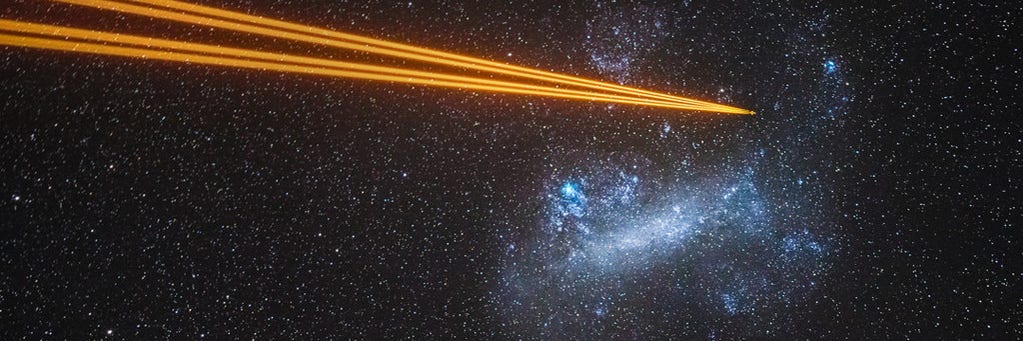


• Astronomer and science communicator
• Media Officer at the European Southern Observatory
• Won't shut up about space
• #astronomy #astrophysics #scicomm #astrophotography #space
• he/him
• Toots in English and español
• 🇪🇸 → 🇺🇸 → 🇨🇱 → 🇩🇪
This profile is from a federated server and may be incomplete. Browse more on the original instance.